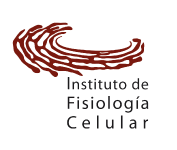Tissue-Specific Molecular Markers and Heterogeneity in Type 2 Innate Lymphoid Cells
Olguín-Martínez, E., Ruiz-Medina, B. E., & Licona-Limón, P. (2021). Tissue-Specific Molecular Markers and Heterogeneity in Type 2 Innate Lymphoid Cells. Frontiers in Immunology, 12. https://doi.org/10.3389/fimmu.2021.757967
Innate lymphoid cells (ILCs) are the most recently described group of lymphoid subpopulations. These tissue-resident cells display a heterogeneity resembling that observed on different groups of T cells, hence their categorization as cytotoxic NK cells and helper ILCs type 1, 2 and 3. Each one of these groups is highly diverse and expresses different markers in a context-dependent manner. Type 2 innate lymphoid cells (ILC2s) are activated in response to helminth parasites and regulate the immune response. They are involved in the etiology of diseases associated with allergic responses as well as in the maintenance of tissue homeostasis. Markers associated with their identification differ depending on the tissue and model used, making the study and understanding of these cells a cumbersome task. This review compiles evidence for the heterogeneity of ILC2s as well as discussion and analyses of molecular markers associated with their identity, function, tissue-dependent expression, and how these markers contribute to the interaction of ILC2s with specific microenvironments to maintain homeostasis or respond to pathogenic challenges.




